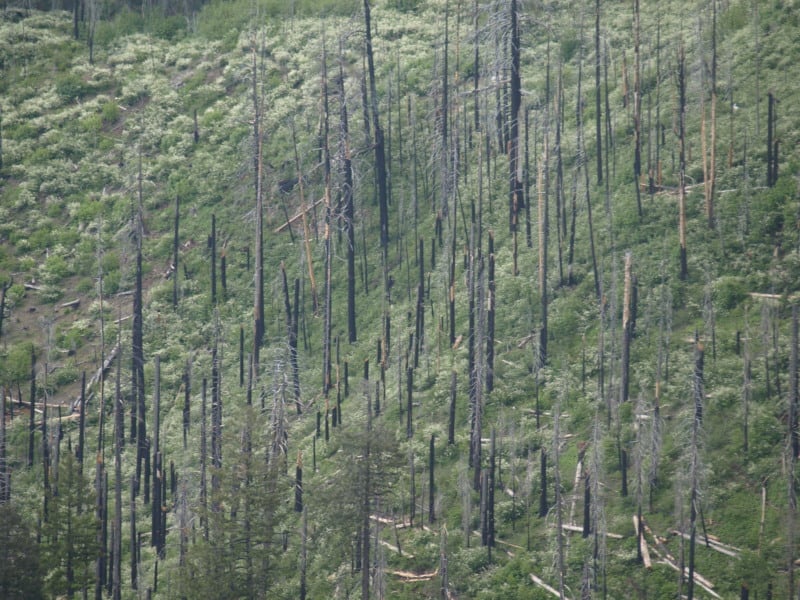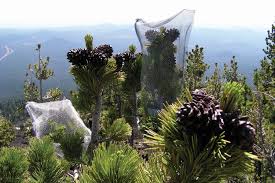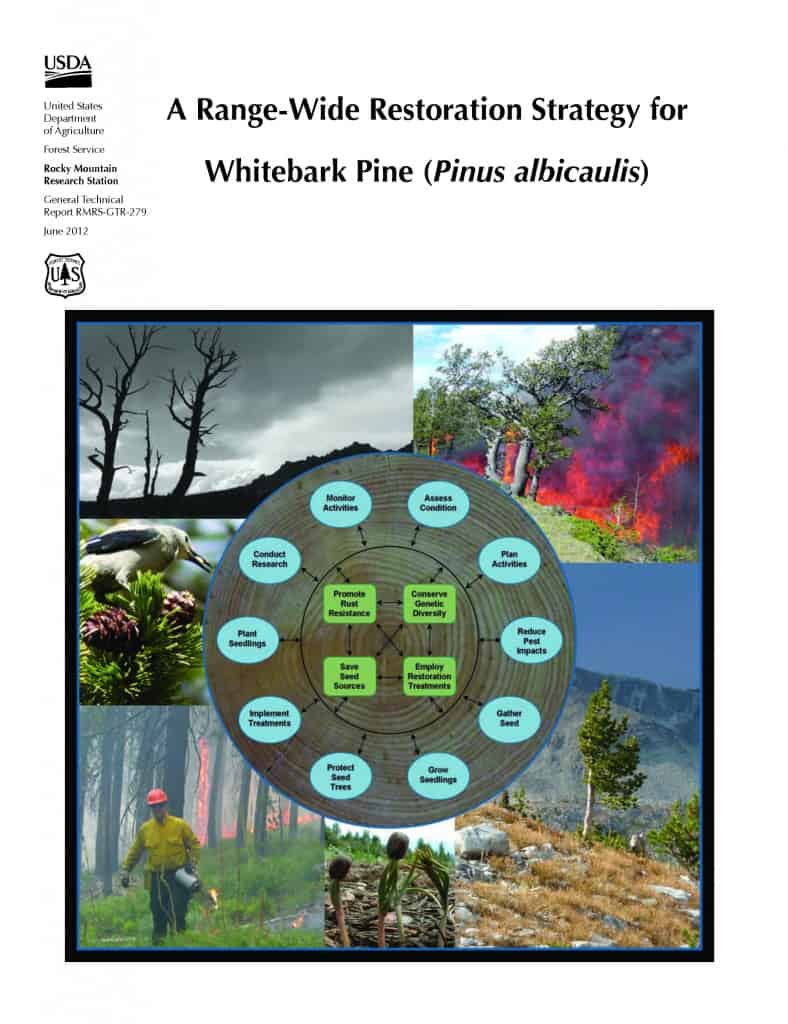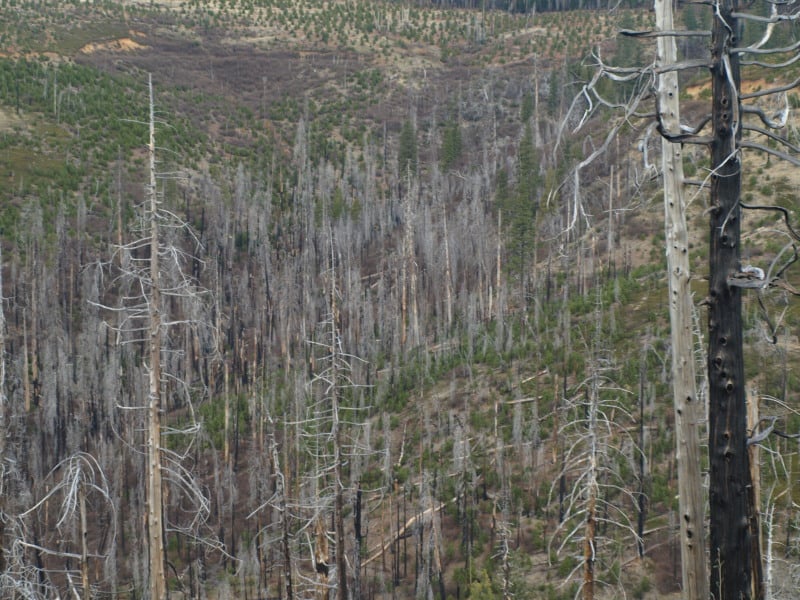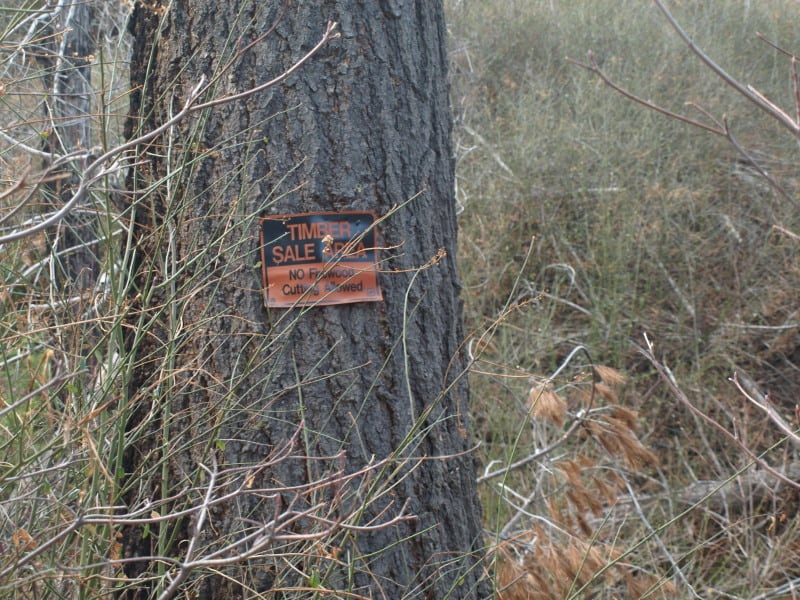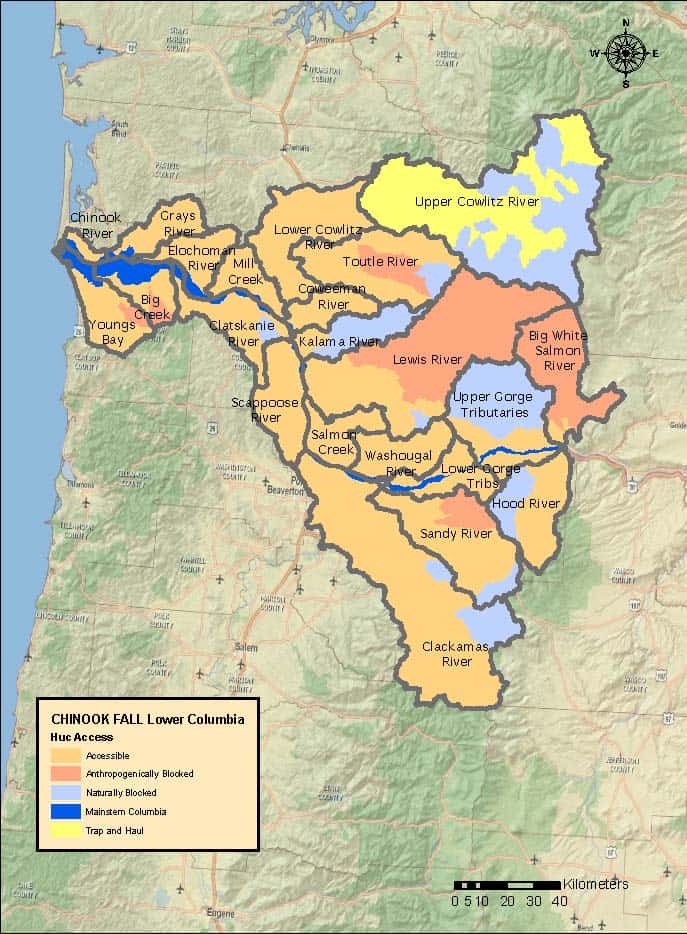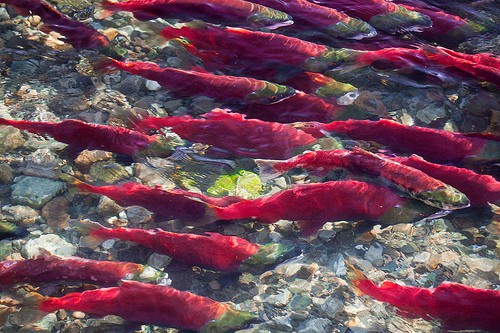
Here’s a paper that in which Bob Lackey talks about salmon policy 165 Year Salmon Policy Conundrum – R T Lackey, which Bob asked me to review before it was published (full disclosure).
Scientists tend to depict the policy debate as a scientific or ecological challenge and the “solutions” they offer are usually focused on aspects of salmon ecology (Naiman et al 2012). There is an extensive scientific literature about salmon (Quinn 2005, Lackey et al 2006a), but the reality is that the future of wild salmon largely will be determined by factors outside the scope of science (Montgomery 2003, Lackey et al 2006b). More specifically, to effect a long-term reversal of the downward trajectory of wild salmon, a broad suite of related public policy issues must be considered:
Hydroelectric energy — how costly and reliable does society want energy to be given that wild salmon ultimately will be affected by providing the relatively cheap, carbon-free, and reliable energy produced by hydropower?
Land use — where will people be able to live, how much living space will they be permitted, what activities will they be able to do on their own land, and what personal choices will they have in deciding how land is used?
Property rights — will the acceptable use of private land be altered and who or what institutions will decide what constitutes acceptable use?
Food cost and choice — will food continue to be subsidized by taxpayers (e.g., publicly funded irrigation, crop subsidies) or will the price of food be solely determined by a free market?
Economic opportunities — how will high-paying jobs be created and sustained for this and subsequent generations?
Individual freedoms — which, if any, personal rights or behavioral choices will be compromised or sacrificed if society is genuinely committed to restoring wild salmon?
Evolving priorities — is society willing to substitute hatchery-produced salmon for wild salmon and, if so, will the ESA permit this?
Political realities — will society support modifying the ESA such that salmon recovery expenditures can be shifted to those watersheds offering the best chance of success?
Cultural legacies — which individuals and groups, if any, will be granted the right to fish and who or what institutions will decide?
Indian treaties — will treaties between the United States and various tribes, negotiated over 150+ years ago, be modified to reflect today’s dramatically different biological, economic, and demographic realities?
Population policy — what, if anything, will society do to influence or control the level of the human population in California, Oregon, Washington, and Idaho or indeed the U.S. as a whole?
Ecological realties — given likely future conditions (i.e., an apparently warming climate), what wild salmon recovery goals are biologically realistic?
Budgetary realities — will the fact that the annual cost of sustaining both hatchery and wild salmon runs in California, Oregon, Washington, and Idaho exceeds the overall market value of the harvest eventually mean that such a level of budgetary expenditure will become less politically viable?
These are a few of the key policy questions that are germane to the public debate over wild salmon policy. Scientific information, while at some level relevant and necessary, is clearly not at the crux of the wild salmon policy debate. Scientists can provide useful technical insight and ecological reality checks to help the public and decision makers answer these policy questions, but science
There are three interesting subtopics to me in this paper.
First, he tackles how ESA is not working for salmon in his view.. worth looking at.
Second, he describes the dynamics that keep scientists working and funded yet not producing information that leads to the desired outcome.. because..
(Third,) the desired outcome is very very hard or impossible to achieve politically when it goes toward a kind of a political “undiscussable” (I first heard this term used by folks from Dialogos, but they probably did not coin it); population growth. Now those of us old enough to be retired may remember when population stabilizing and reduction was an important part of the environmental NGO agenda. Perhaps Andy’s post about the Old Times started me thinking about this aspect of the environmental movement of the past.
I think we’ve discussed enough topics on this blog so that we can even tackle this one without name-calling.
Here’s a a quote from the Dalai Lama:
His Holiness the Dalai Lama, 14th leader of Tibetan Buddhists.
One of the great challenges today is the population explosion. Unless we area able to tackle this issue effectively we will be confronted with the problem of the natural resources being inadequate for all the human beings on this earth.
So now the question is…the population of the human being…So the only choice…limited number…happy life…meaningful life. Too many population…miserable life and always
bullying one another, exploiting one another…there’s no use.
Note that he talks about natural resources being inadequate.
Well, back to Bob Lackey. Actually, he hits on three pretty- much undiscussables (not that you can’t discuss them, but in many fora you will be called names if you do); problems with ESA, how science really works, and population. I think it’s worth bringing these to the attention of folks on the blog; one of the things I hope to do is share views of people who aren’t heard from through the standard media or academic channels. Possibly because their worldview does not fit their paradigms or structures.
